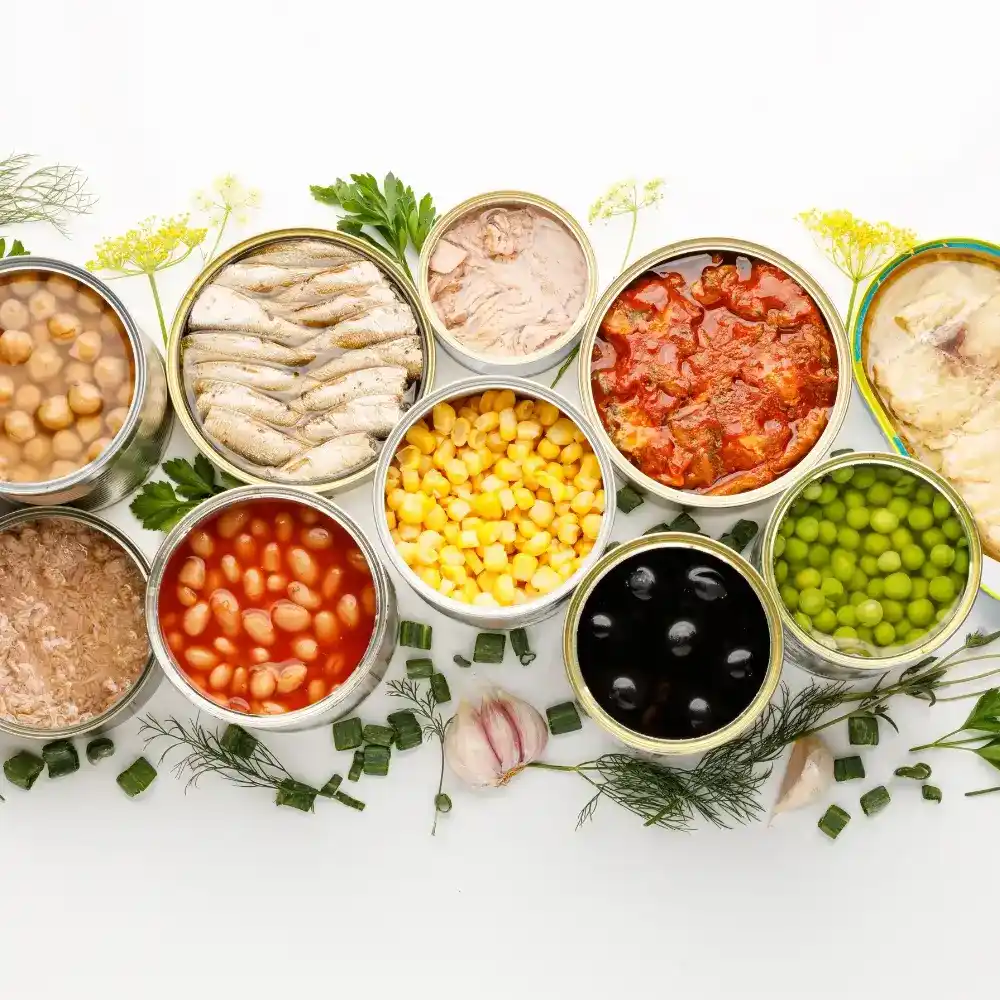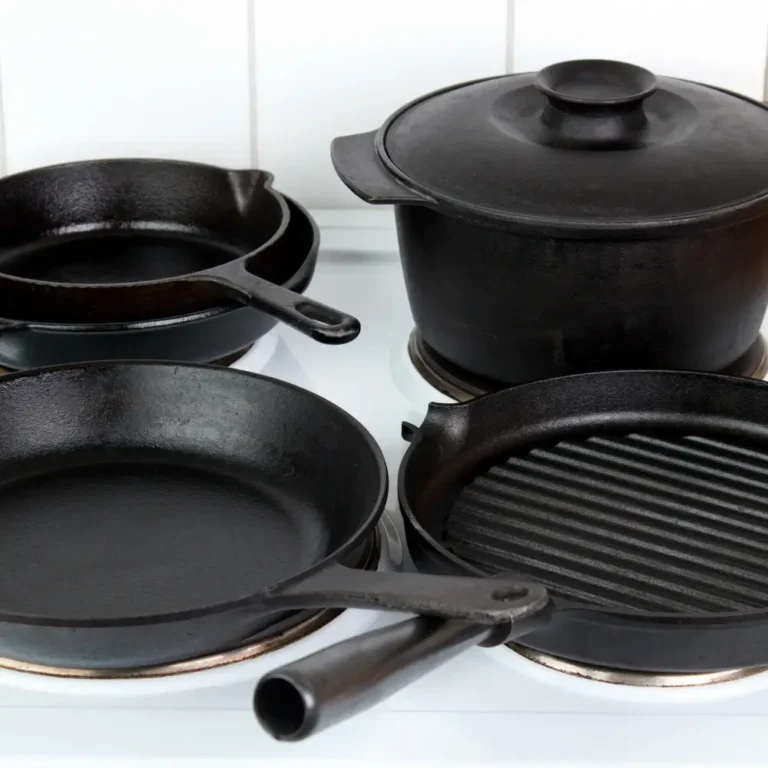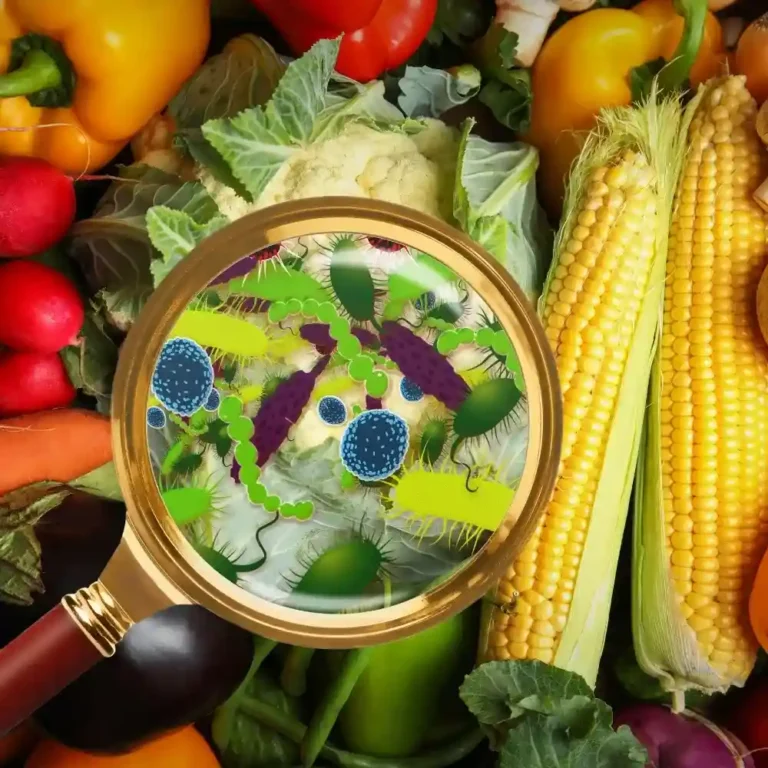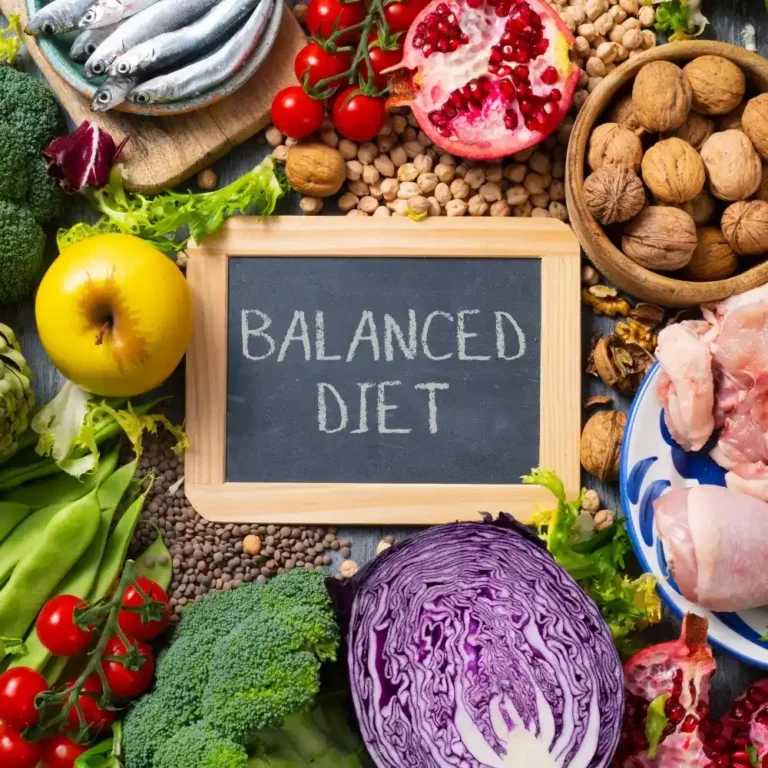Processed Foods
Introduction: What Are Processed Foods?
Processed foods are an integral part of the modern diet, and understanding their role is crucial for making informed food choices. In simple terms, processed foods are any food items that have been altered from their original state through methods such as freezing, canning, baking, or adding preservatives. The process can range from minimal changes, like washing or cutting, to extensive modifications that involve adding artificial ingredients and preservatives.
It’s essential to recognize the distinction between processed, ultra-processed, and minimally processed foods. While minimally processed foods retain most of their original nutrients, ultra-processed foods, which often contain additives and artificial substances, are typically low in nutritional value. Understanding what packaged foods are helps consumers make healthier choices, as the growing concerns around the health implications of consuming too many convenience foods have become increasingly apparent. These include risks such as obesity, diabetes, and other chronic health conditions, making it crucial to balance food choices for better overall health and nutrition.
Table of Contents
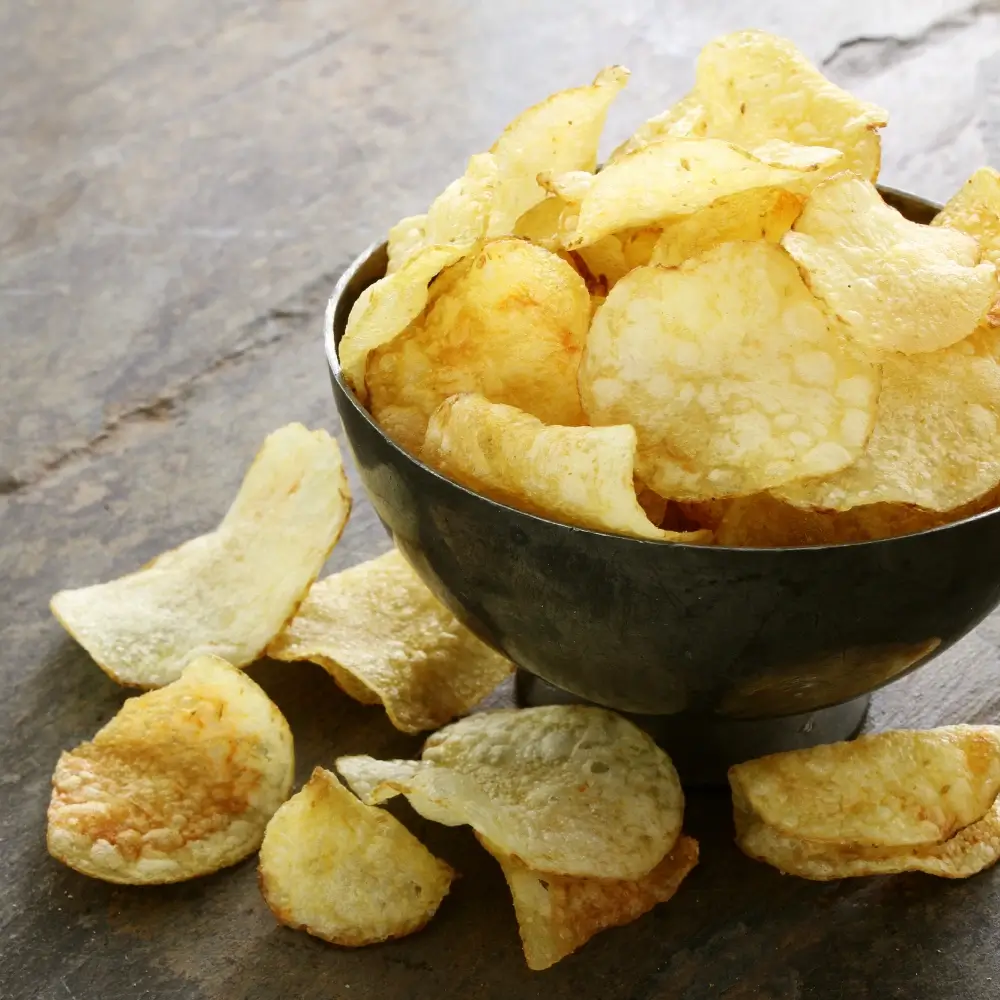
Section 1: What is Processed Food?
Definition and Types:
Processed foods are foods that have been altered from their natural state through various methods such as canning, freezing, drying, or pasteurization. Basic examples of processed foods include canned vegetables, bread, and cheese. The processing methods can range from minimal, like washing or freezing, to more intensive processes that involve adding preservatives and artificial ingredients.
Processed foods are often categorized into three groups: minimally processed, moderately processed, and highly processed (ultra-processed). Minimally processed foods include items like frozen vegetables or whole fruits, where the food undergoes minimal changes. Highly processed foods, on the other hand, are altered through the addition of artificial ingredients, preservatives, and flavorings, making them far removed from their original form. Examples of ultra-processed foods include snack bars, sugary cereals, and soft drinks.
How Food Processing Works:
Food processing involves a range of techniques designed to preserve, prepare, and enhance the safety and shelf life of food. Common methods include canning, freezing, drying, and pasteurization. These processes help prevent spoilage and make food more convenient to store and consume. However, packaged foods can also alter the nutritional content of foods. For instance, certain nutrients like vitamins and minerals may be lost during the processing of convenience foods, while others, such as unhealthy fats, sugars, and sodium, may be added to enhance flavor or texture. As a result, processed food items often become calorie-dense but nutrient-poor, which can contribute to unhealthy dietary patterns when consumed in excess.
Section 2: Examples of Processed Foods
Common Processed Foods:
Food processing involves a range of techniques designed to preserve, prepare, and enhance the safety and shelf life of food. Common methods include canning, freezing, drying, and pasteurization. These processes help prevent spoilage and make food more convenient to store and consume. However, processed food products can also alter the nutritional content of foods. For instance, certain nutrients like vitamins and minerals may be lost during the processing of processed food items, while others, such as unhealthy fats, sugars, and sodium, may be added to enhance flavor or texture. As a result, processed items often become calorie-dense but nutrient-poor, which can contribute to unhealthy dietary patterns when consumed in excess.
Health Considerations:
Packaged foods come with both benefits and drawbacks. One key advantage is that they have longer shelf life, reducing the risk of food waste. Frozen and canned foods can be stored for months, offering convenience and accessibility. However, health risks associated with convenience foods cannot be overlooked. Many processed food items contain excessive amounts of sodium, added sugars, and unhealthy fats, which are linked to obesity, heart disease, and type 2 diabetes. For example, processed meats such as sausages and deli meats can be high in saturated fats, while snacks like chips often contain high levels of sodium and unhealthy oils.
Choosing convenience foods wisely, based on their nutritional content and ingredient list, is essential for managing health risks. Opting for minimally processed items, such as fruits, vegetables, and whole grains, or choosing packaged foods with fewer artificial additives and preservatives, can help mitigate the potential health issues caused by excessive consumption of ultra-processed foods.
Section 3: Ultra-Processed Foods: A Closer Look
What Are Ultra-Processed Foods?
Ultra-processed foods are foods that have undergone extensive processing and contain ingredients not typically found in a home kitchen. These foods are typically made with artificial ingredients, preservatives, flavorings, and colorings to enhance taste, appearance, and shelf life. Unlike minimally processed or processed foods, ultra-processed foods are often far removed from their original ingredients. The distinction lies in the addition of synthetic substances like artificial sweeteners, flavor enhancers, and stabilizers, which are designed to preserve the food for a longer time and improve its convenience for consumption.
Some common characteristics of ultra-processed foods include packaging designed for convenience, long shelf lives, and the use of cheap ingredients that can be produced in large quantities. These foods are designed to be easily consumed and often have an addictive nature due to their taste, which is enhanced by chemicals. They are marketed as quick, convenient, and flavorful but often come at the expense of nutritional value.
Examples of Ultra-Processed Foods:
Examples of ultra-processed foods are sugary cereals, soft drinks, ready-to-eat snacks (such as chips, cookies, and crackers), fast food (like burgers, fries, and fried chicken), and frozen meals (such as TV dinners and microwaveable pizzas). These foods are not only convenient but also heavily marketed as affordable, easy options for busy individuals or families.
Typical ingredients in ultra-processed foods include high-fructose corn syrup (often used as a sweetener in sodas and packaged snacks), artificial sweeteners (like aspartame or sucralose used in low-calorie products), and hydrogenated oils (used to extend shelf life and improve texture). These ingredients often provide little to no nutritional value and can contribute to an unhealthy diet when consumed in excess.
How Ultra-Processed Foods Affect Health:
Regular consumption of ultra-processed foods can have significant negative effects on health. One of the main concerns is the high caloric density of these foods, which often leads to overconsumption. Ultra-processed foods tend to be high in sugars, unhealthy fats, and sodium, which are linked to various chronic health conditions.
For instance, obesity is a major concern as ultra-processed foods tend to be high in empty calories, contributing to excessive weight gain. The high levels of sugars and unhealthy fats found in these foods have also been linked to the development of type 2 diabetes, as well as cardiovascular disease, due to their adverse effects on cholesterol levels and blood pressure. Additionally, the lack of essential nutrients in ultra-processed foods means they can lead to poor nutritional intake, potentially leading to deficiencies in vital vitamins and minerals.
By choosing whole or minimally processed foods, individuals can avoid the risks associated with ultra-processed food consumption, such as poor metabolic health, high cholesterol, and increased inflammation, ultimately leading to better long-term health
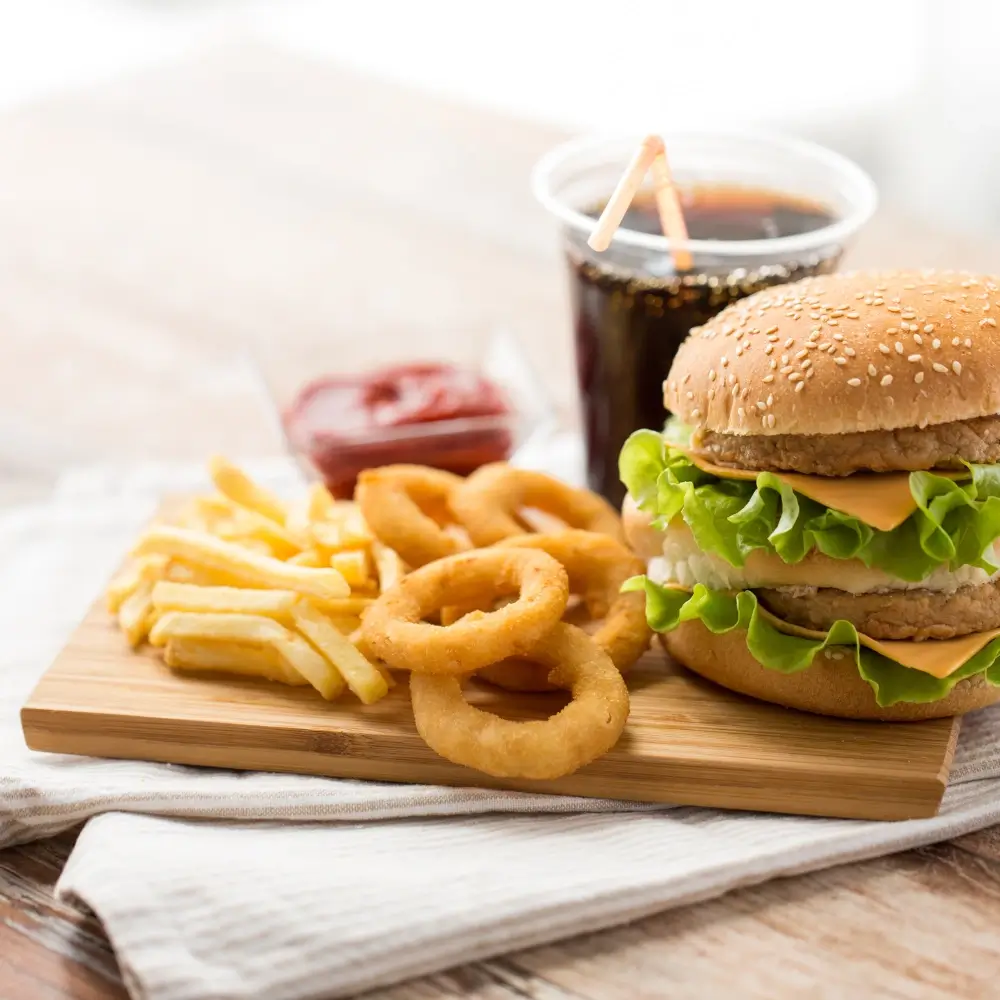
Section 4: High Processed Foods and Their Impact
Defining High Processed Foods:
High-processed foods are foods that have undergone significant processing, but they are not as heavily modified as ultra-processed foods. While ultra-processed foods contain artificial ingredients and chemicals, high-processed foods are typically made from natural ingredients that have been altered through methods like cooking, preserving, or packaging. These foods may still have additives such as preservatives, flavor enhancers, and coloring agents, but they are less reliant on synthetic chemicals compared to ultra-processed foods.
Examples of high-processed foods include breakfast cereals, packaged cookies, ready-to-heat meals, frozen dinners, and instant noodles. These foods are often more convenient than whole foods but still retain some nutritional value, though the amount may be lower than that of their unprocessed counterparts. The key distinction between high-processed and ultra-processed foods is that the latter typically involves more complex, industrial processes and additives, which can lead to greater nutritional losses and more negative health outcomes.
Nutritional Concerns:
One of the main concerns with high-processed foods is that they often lack essential nutrients such as fiber, vitamins, and minerals. These foods are typically calorie-dense but nutrient-poor, which means they provide energy but little nutritional value. High-processed foods often contain an excess of unhealthy fats, added sugars, and high sodium levels, which are linked to various health issues.
For example, breakfast cereals and packaged cookies may contain high levels of refined sugars and trans fats, while ready-to-heat meals can be loaded with sodium to enhance flavor and extend shelf life. Consuming these foods regularly can contribute to an imbalanced diet, leading to nutritional deficiencies or imbalances that affect overall health. While convenient, these foods should be consumed in moderation, and it’s important to balance them with whole, minimally processed options to ensure adequate nutrient intake.
Health Consequences:
Overconsumption of high-processed foods can have several long-term health consequences, many of which are linked to the negative impacts of excessive calorie intake, poor nutrient density, and high levels of unhealthy ingredients like fats and sugars. One of the primary health risks is weight gain, as high-processed foods often lead to overconsumption of calories without providing lasting satiety or nutritional satisfaction. This can lead to a caloric surplus, resulting in fat storage and, over time, obesity.
Additionally, a diet high in high-processed foods can contribute to the development of insulin resistance, a condition where the body’s cells become less responsive to insulin, leading to higher blood sugar levels and eventually type 2 diabetes. These foods can also negatively affect digestive health, as they are typically low in fiber, which is essential for healthy digestion and regular bowel movements.
Overall, while high-processed foods can be convenient and even provide short-term satisfaction, their overconsumption can lead to chronic conditions such as obesity, cardiovascular disease, and digestive issues. Balancing high-processed foods with fresh, whole foods is crucial for maintaining long-term health and preventing these negative health outcomes.
Section 5: Benefits and Drawbacks of Processed Foods
Benefits
Convenience foods offer numerous advantages, particularly in today’s fast-paced world. One of the primary benefits is convenience. With a busy lifestyle, it’s often difficult to dedicate time to preparing every meal from scratch, and this is where pre-packaged foods step in. Items like canned beans, frozen vegetables, or ready-to-eat meals help save time and reduce the stress of meal planning. For example, frozen vegetables are just as nutritious as fresh ones and can be easily incorporated into any meal without the worry of spoilage.
In addition to convenience, convenience foods also provide an affordable solution for many households. Pre-packaged items often come at a lower cost than fresh options, making them accessible for those on a tight budget. Some processed options are also fortified with essential vitamins and minerals, such as folic acid in breakfast cereals, which can help fill nutritional gaps in the diet. Furthermore, packaged foods like whole grain bread or plant-based protein products offer an easy way to incorporate important nutrients into everyday meals.
Drawbacks
Despite their advantages, overreliance on convenience foods can have several negative health impacts. Many highly processed items contain high levels of sugar, unhealthy fats, and sodium, all of which are contributors to chronic conditions like obesity, heart disease, and hypertension. For example, packaged snacks, processed meats, and sugary drinks are often loaded with empty calories, which provide little to no nutritional value.
Another major drawback is that convenience foods are often lacking in important nutrients such as fiber, vitamins, and minerals that are abundant in whole foods. This nutrient gap can lead to deficiencies that impact overall health, including weakened immune function and digestive issues. Additionally, highly processed items tend to be calorie-dense, which can lead to overeating and difficulty managing weight. The excessive consumption of these types of foods is often linked to unhealthy eating patterns and a higher risk of developing lifestyle-related diseases.

Section 6: How to Avoid Overconsumption of Processed Foods
Choosing Healthier Alternatives
One of the best ways to avoid overconsumption of packaged items is to prioritize whole foods whenever possible. This includes fruits, vegetables, whole grains, and lean proteins like chicken, fish, and plant-based proteins. Not only are these foods nutrient-dense, but they are also free from artificial preservatives and additives that are common in convenience foods. Meal prepping with fresh ingredients can be an excellent strategy for reducing the temptation to reach for convenient, highly processed options.
When shopping, it’s essential to read nutrition labels carefully. Packaged items often contain hidden sugars, sodium, and unhealthy fats, so checking labels can help you make more informed choices. Look for items with shorter ingredient lists and avoid products with preservatives, artificial sweeteners, and other additives that offer little to no health benefit. Opt for minimally processed versions of products, such as fresh or frozen vegetables instead of canned versions with added salt.
Mindful Eating
Mindful eating is an approach that encourages being fully present during meals, which can help you make healthier food choices and avoid overeating. When eating packaged foods, focus on the quality of the food, its taste, and how it makes you feel. Eating slowly, savoring each bite, and stopping when you feel full can help prevent the habit of mindlessly snacking or overeating, which often accompanies the consumption of processed food items.
Additionally, being mindful of your eating habits can help you identify patterns of emotional or stress-induced eating. These types of eating behaviors are often linked to consuming convenience foods, which can be high in sugar and unhealthy fats. By recognizing emotional triggers and implementing healthier coping mechanisms, such as taking a walk or practicing relaxation techniques, you can reduce the reliance on unhealthy snacks and packaged foods.
Incorporating Whole Foods into Your Diet
Incorporating more whole foods into your diet is a key strategy for reducing processed food intake. Whole foods are less likely to contain excessive amounts of sugars, unhealthy fats, or artificial ingredients. Consider creating meals that center around fresh produce, legumes, nuts, seeds, and whole grains. For example, preparing a vegetable stir-fry with quinoa or making a salad with mixed greens, beans, and a homemade vinaigrette provides your body with essential nutrients without the added sugars or sodium found in processed alternatives.
Moreover, cooking at home gives you complete control over the ingredients, portion sizes, and cooking methods, allowing you to avoid unhealthy oils, preservatives, and excessive salt often found in processed meals. Over time, these healthier food choices not only improve your nutritional intake but can also lead to better weight management, enhanced energy levels, and a reduced risk of chronic diseases.
For those who are new to incorporating more whole foods, it’s important to start slowly. Begin by replacing one processed item at a time with a whole food alternative. For example, you might swap out a pre-packaged snack with a handful of nuts or replace a processed breakfast cereal with oatmeal topped with fresh fruit. These small, sustainable changes can add up to big improvements in overall health and help reduce the temptation to rely on processed foods.
Section 7: Processed Foods in Modern Diets
Role of Processed Foods in Today’s Diet
Convenience foods have become a cornerstone of the modern diet, particularly in urban environments where time constraints, busy schedules, and a fast-paced lifestyle influence eating habits. With the rise of convenience culture, many individuals opt for pre-packaged foods that require minimal preparation. These foods, which range from ready-to-eat meals to frozen dinners, cater to the need for quick and easy solutions for busy families, workers, and students. The convenience factor of processed items cannot be overstated, as they provide a solution to time-poor consumers who need something fast and filling.
In today’s urban settings, access to fresh and whole foods can sometimes be limited, and when available, they may be more expensive or less convenient than convenience foods. This makes packaged foods not only an accessible but often the more affordable option. As a result, many people unknowingly rely on them as a primary source of nutrition. However, this growing dependency on pre-packaged items raises concerns about their long-term impact on public health, especially when the consumption of highly processed and ultra-processed foods outweighs the intake of whole, nutrient-dense foods.
How Much Processed Food Is Too Much?
The key to managing convenience food consumption lies in balance. Expert dietary guidelines suggest that packaged foods should not comprise the majority of one’s daily intake. The American Heart Association and similar organizations recommend that people limit their consumption of ready-to-eat foods that are high in added sugars, unhealthy fats, and sodium. For example, processed snacks, sugary beverages, and fast food should be consumed in moderation, not as the mainstay of one’s diet.
A healthy diet should focus on whole foods like fruits, vegetables, whole grains, legumes, and lean proteins. Processed foods, particularly ultra-processed ones, should be considered a treat or convenience rather than a staple. Striving for a balanced intake, where 70–80% of the diet consists of whole, minimally processed foods, and the remaining 20–30% can include processed options, is an approach that supports overall health without depriving oneself of convenience. Managing portions, choosing healthier processed alternatives, and being mindful of frequency and quantity are essential to maintaining this balance.
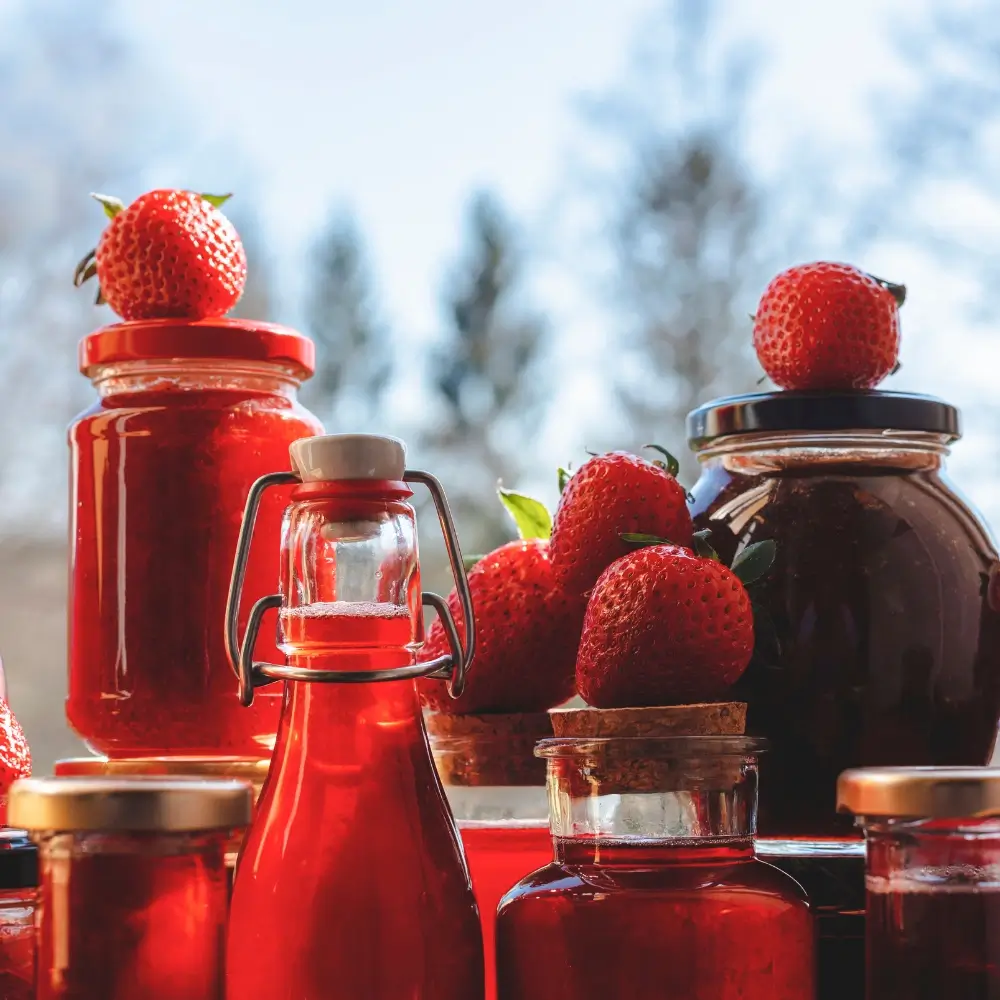
Section 8: The Debate on Processed Foods: Is Moderation Key?
Arguments for Moderation
There is an ongoing debate within the nutrition and health community about whether processed foods should be entirely avoided or if moderation is the answer. Some experts argue that processed foods, particularly those that are minimally processed, can fit into a balanced and healthy diet. For example, frozen vegetables, canned beans, or even whole grain bread can offer practical solutions for busy individuals while providing necessary nutrients. Moderation advocates believe that it’s not the act of consuming processed foods that is harmful, but rather how often and in what quantities they are consumed.
By incorporating processed foods mindfully into one’s diet, individuals can enjoy the convenience of these foods while still maintaining a healthy lifestyle. The key here is making informed choices—opting for minimally processed foods that retain most of their nutritional value, and avoiding highly processed and ultra-processed items that are high in additives and empty calories. Moderation allows for flexibility, letting people indulge occasionally without jeopardizing their health.
Pros and Cons of Processed Foods
Pros
- Convenience and Accessibility: Processed foods are quick and easy, offering a fast solution for busy lifestyles, especially in urban areas.
- Long Shelf Life: Many processed foods, especially canned and frozen items, have a long shelf life, reducing food waste and making them convenient to store.
- Fortification and Nutritional Benefits: Some processed foods are fortified with essential vitamins and minerals, which can help prevent nutrient deficiencies. For example, breakfast cereals often contain added iron or folic acid, and dairy products are sometimes fortified with vitamin D.
- Affordability: Processed foods are often more affordable than fresh produce and meat, making them accessible to individuals and families with lower incomes.
Cons
- Lack of Nutrients: Highly processed and ultra-processed foods often lack essential nutrients such as fiber, vitamins, and minerals. They can also be calorie-dense without providing significant nutritional value.
- High in Unhealthy Ingredients: Processed foods can contain high levels of unhealthy fats, added sugars, and sodium, contributing to the rise of lifestyle diseases such as obesity, diabetes, and heart disease.
- Additives and Preservatives: Many processed foods contain artificial ingredients, preservatives, and flavor enhancers that may have adverse long-term health effects. For example, trans fats and high-fructose corn syrup are linked to various health problems.
- Risk of Overconsumption: Because processed foods are often designed to be highly palatable, they can lead to overeating. The overconsumption of these calorie-dense foods can lead to weight gain and other health issues.
In conclusion, while processed foods have their benefits, particularly in terms of convenience and affordability, moderation is key. It’s important to balance the consumption of these foods with whole, nutrient-rich options for a healthier, more sustainable diet. By making mindful choices, we can enjoy the advantages of processed foods without compromising our long-term health.
Conclusion: The Future of Processed Foods in Our Diet
Looking Forward
As we look to the future, the role of processed foods in our diets will undoubtedly continue to evolve. The increasing demand for convenience, affordability, and accessibility will keep processed and ultra-processed foods at the forefront of modern diets. However, with growing awareness of their potential health impacts, consumers are becoming more informed and discerning.
While processed foods can be part of a balanced diet when chosen carefully, excessive reliance on highly processed options can contribute to various health issues, including obesity, diabetes, and heart disease. The key to navigating this challenge lies in balance, incorporating minimally processed foods that retain their nutritional value while minimizing the intake of ultra-processed foods that are often laden with additives, unhealthy fats, and excessive sugars.
Final Thoughts
Ultimately, making informed decisions about the foods we consume will be crucial in shaping our health and well-being in the coming years. It’s essential to strike a balance between processed and whole foods, ensuring that our diets are rich in nutrients while remaining practical and sustainable. Moderation will be the cornerstone of this approach, by enjoying processed foods mindfully and focusing on nutrient-dense whole foods, we can avoid the pitfalls of overconsumption.
The future of processed foods in our diet doesn’t need to be bleak; with a little awareness and thoughtful choices, we can create a healthier, more balanced approach to eating that supports long-term health. The power lies in our hands to make the changes needed for a healthier tomorrow.
FAQ
What are processed foods?
Processed foods are foods that have been altered from their original state through methods like canning, freezing, or drying. These processes can help preserve food, enhance flavor, and improve shelf life. While some processed foods, like canned vegetables or whole grain bread, can be part of a healthy diet, many contain added sugars, unhealthy fats, and excess sodium, which can have negative health effects if consumed excessively.
What is processed food?
Processed food refers to any food that has been altered in some way from its natural state, whether through physical, chemical, or biological means. This includes basic processes like freezing or canning, as well as more complex methods involving preservatives, artificial flavorings, and colorants. While some processing is essential, such as pasteurization of dairy, others may add unhealthy ingredients that can lead to poor nutrition if overconsumed.
What are ultra-processed foods?
Ultra-processed foods are foods that go through significant industrial processes and often contain ingredients that wouldn’t normally be used in a home kitchen, such as artificial flavorings, preservatives, and sweeteners. Examples include sugary snacks, packaged meals, and soft drinks. These foods are typically high in unhealthy fats, sugars, and sodium, and they can contribute to weight gain and chronic diseases when consumed frequently.
How long does it take to process food?
The time it takes to process food can vary widely depending on the method used. Simple processes like freezing or drying might take just a few hours, while more complex processes, such as canning or fermentation, could take days or even weeks. The time depends on factors such as the type of food, the preservation method, and whether additional steps like packaging or flavor enhancements are involved.
What process do autotrophs use to get their food?
Autotrophs, like plants and some bacteria, use photosynthesis to make their own food. In this process, they convert sunlight into energy by combining carbon dioxide from the air with water. The energy from sunlight helps create glucose, which serves as their food source. This method is essential for their growth and reproduction, and autotrophs form the base of the food chain in ecosystems.
